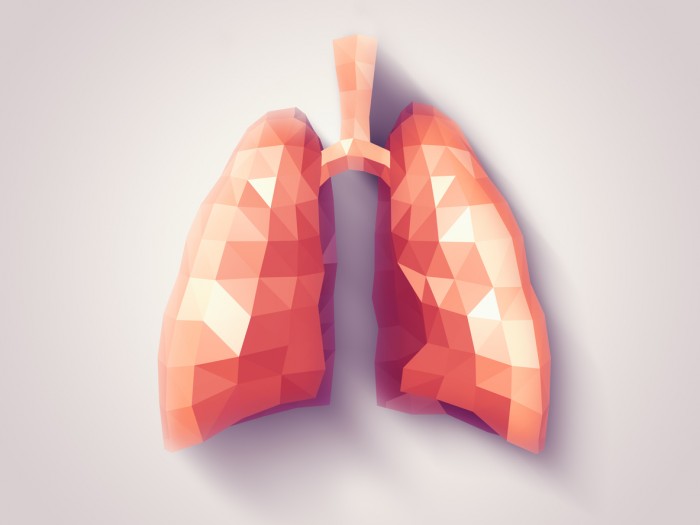
Radon: What Does It Have to Do with Lung Cancer?
In July, the Canadian Cancer Society reported once again that lung cancer is the leading cause of cancer death in both men and women in Canada. But with improving public education, prevention measures and awareness, why does lung cancer still present such a significant problem?
A number of factors make lung cancer a challenge to detect, diagnose, and treat, but one of the most common misconceptions is about its relationship to smoking. Yes, smoking does significantly increase a person’s risk of developing lung cancer, but approximately 15-20% of Canadians who are diagnosed with lung cancer are never-smokers (and many more are occasional smokers or smokers who have quit.) Research has shown that lung cancer can in fact have a number of causes, including environmental pollutants, chemicals, and a natural gas called radon.
What is Radon?
Radon is an odourless, tasteless, colourless radioactive gas that occurs naturally in soil, rock and water. It is in nearly every indoor environment, but can build up easily and cause health problems over time. Health Canada has estimated that at least 16% of lung cancer deaths are related to radon exposure, and it’s currently the leading cause of lung cancer in Canadian non-smokers.
“Radon is everywhere, and it’s possible for it to build up in your home even if you live in an area that doesn’t typically have high levels,” says Mark Simon, Owner of Simon Air Quality.
Radon can enter a home in a number of ways, like through ill-fitting pipes, cracks in the foundation, sump pits, dirt floors, electrical outlets, drains, and other gaps. However, the amount of radon present in a home depends on additional factors like differences in pressure and temperature inside the home, outside of the home, and in the ground. The greater the difference in pressure, the quicker the radon will be drawn in.
How Do I Know if Radon Levels in My Home are High?
The only way to know how much radon has accumulated in your home is to test the levels. Testing kits can be bought online or at some hardware stores, or you can hire a certified professional to test your home’s levels for you. Testing takes a minimum of two days, and should be done at least every two years.
If the results show that high radon levels are present, it’s best to work with a professional to determine the most cost-effective way to reduce the levels and mitigate risk of illness. Those at the highest risk of being affected by radon gas include people living with lung conditions, children, seniors, and those who are facing cancer.
What Else Can I Do to Mitigate My Risk Of Lung Cancer?
Researchers are still working hard to better understand what causes different types of cancer, but they do know that certain behaviours and avoidance of environmental factors can help. To reduce your risk of lung cancer, experts recommend that you not smoke, avoid second-hand smoke, test your home for radon, take steps to reduce your exposure to indoor and outdoor pollution, be physically active, and discover if lung cancer screening would be beneficial for you. Click here for more information on lung cancer prevention.
For those who are facing a lung cancer diagnosis, many new studies are showing promising results that can help improve quality of life and help patients live longer. Speak with your oncologist and visit Lung Cancer Canada’s website to find out more about what clinical trials may be available to you.
If you are interested in improving the air quality in your home, you can visit Simon Air Quality’s list of services here and radon mitigation information here.
–
This article was written with information from Heath Canada, the Canadian Cancer Society, Lung Cancer Canada, and Simon Air Quality.
